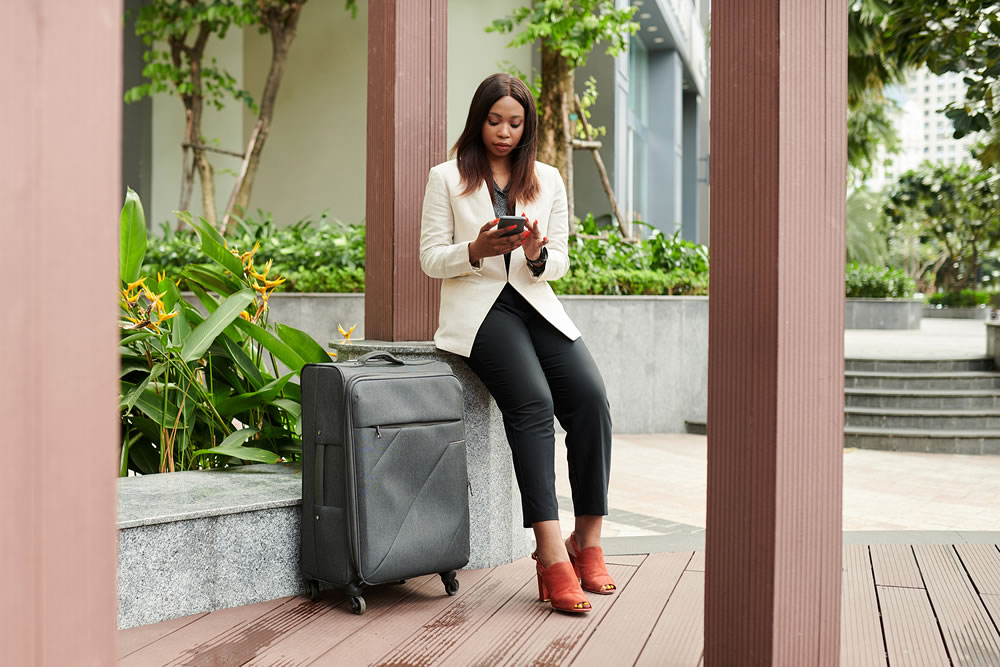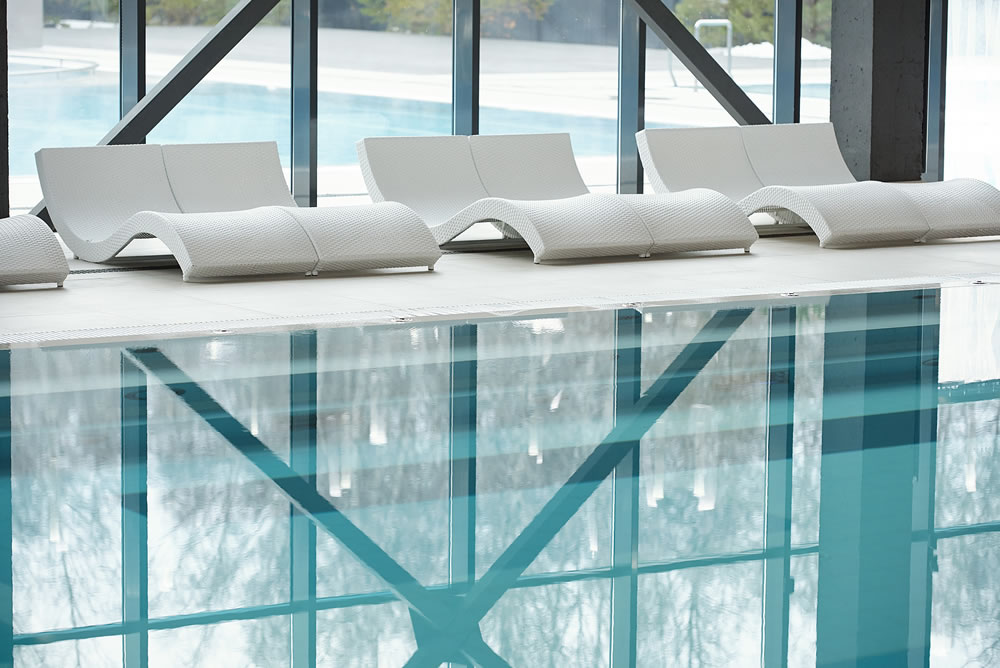When it comes to the world’s finest luxury hotels, providing a superior customer experience is one of the major factors that sets them apart from the competition, and ultimately, what keeps guests coming back for more. While there’s no denying that lavish facilities and comprehensive amenities all go a long way towards attracting an affluent, high-net-worth customer base, failure to deliver on every element of the stay will soon see them going elsewhere – and today, the biggest luxury hotel brands are relying more heavily than ever on the latest technological innovations to stay ahead of the game and build a loyal following of repeat visitors.
For the most part, efforts are geared towards personalisation, and making each individual guest feel special with a bespoke stay that is tailored to their individual needs and desires is the number one way to win them over. It’s no longer a case of one-size-fits all, and the ever-more demanding and discerning traveller expects to be made to feel special from the moment they make their booking right up until they’ve arrived back home following their stay, and even after that.
The onset of the global Covid-19 pandemic sparked a shift towards digitalisation across almost every industry, and hospitality and tourism are no different. But finding the right balance between personal interaction and automation has proved to be a tricky task, as while many elements of the guest stay can now be handed over to technological solutions, eliminating the one-to-one personal touch can actually prove detrimental, even if doing so is more time efficient.
We asked the experts at Omnitec, one of the leading brands in the hospitality industry, to break down some of the latest and most innovative tech solutions luxury hotels should be embracing now to augment the guest experience and complement – as opposed to completely replacing – human interaction. And best of all, they won’t just help to enhance the customer experience, but to boost business and revenue, too.

Contactless check in and check out
After a long journey, all guests want on arrival at their five-star hotel is a quick and seamless check-in, but long queues at the front desk can often mean they are left waiting a little longer than they’d like.
Contactless check-in, however, has begun to change all of that, allowing guests to complete the process in just a few clicks of a touchscreen and head to their room or suite without any further ado. During the pandemic, this type of technology came into its own as a handy way to reduce face-to-face interaction and potential transmission of the virus, but such was the success of such initiatives that many high-end hotels have chosen to keep them in place long-term to reduce waiting times.
While there are a wide variety of contactless technologies now available to luxury hotels, there are some specific features to look out for, including a web-based experience that doesn’t require the download of any additional apps, and seamless integration with the customer management systems hotels already have in place. And of course, a smooth and efficient user experience is essential.
Digital authorisations
One of the greatest challenges of digitalisation is the risk of fraud, and with many hotels continuing to rely on PCI non-compliant card payment authorisation forms, change is needed to ensure customers feel confident disclosing their payment details. Without robust digital credit card authorisation measures in place, there is not only the potential for guests to fall victim to hackers and fraudulent activity on their accounts, but also for luxury hotels to find themselves the subject of fraudulent chargebacks and ultimately, lost revenue.

Thankfully, the digital solutions now available have significantly reduced such issues on both sides, and offer a more secure alternative that high-end hotels should consider implementing as soon as possible.
Digital upsells
Back on the topic of digitalised check-ins, and there are some further advantages on offer that may follow on from the initial process – including the chance for luxury hotels to upsell their additional products and services.
Offering guests the chance to book spa sessions or special fine dining dinners at the point of check in, or to arrange excursions, not only allows hotels to increase revenue with minimal effort, but it also makes it simple for guests to optimise their stays and organise their own itineraries quickly and easily. Making multiple calls or visits to the concierge during a stay can quickly eat into guests’ precious downtime, and anything that can help to reduce this is likely to be welcomed.
Ancillary revenue is, for hoteliers, something that should not be overlooked, and the additional revenue it can generate can make a significant impact upon a business’ bottom line. With digital upselling, it’s a win-win scenario, in which both high-end hotels and guests benefit.






















